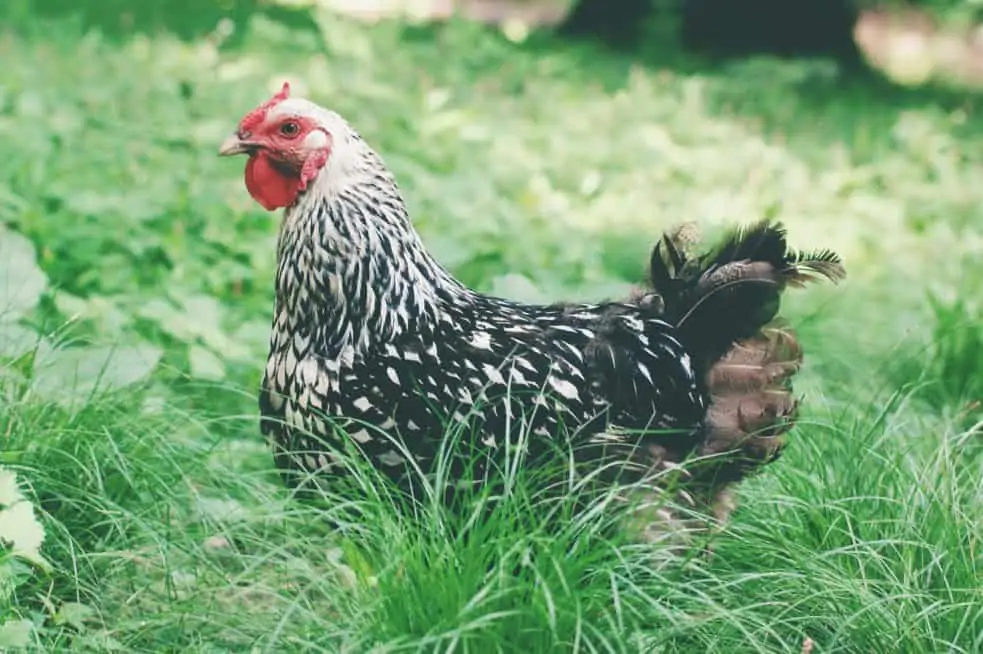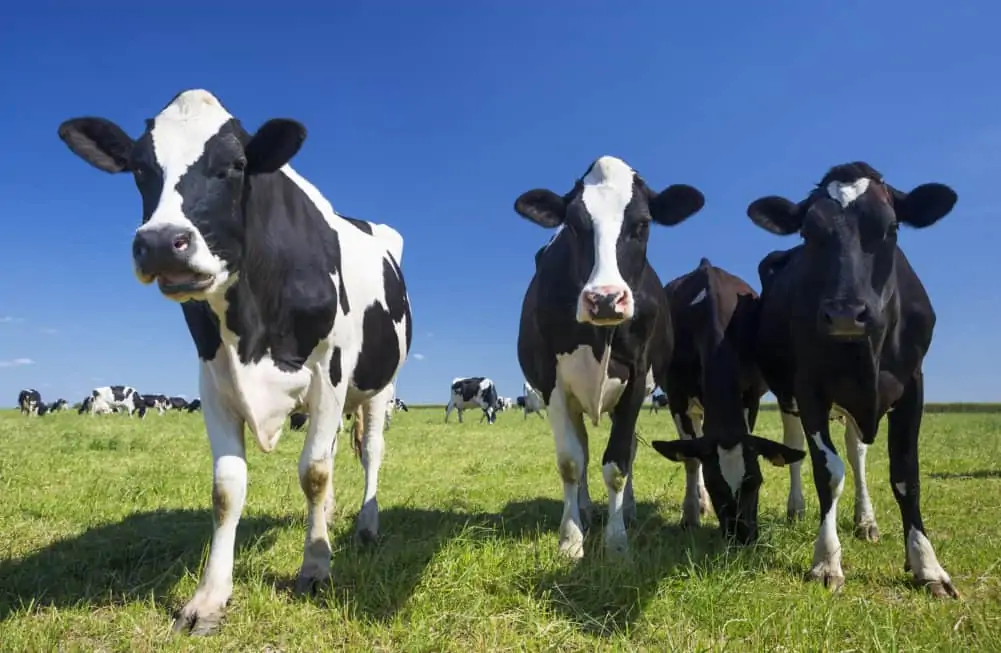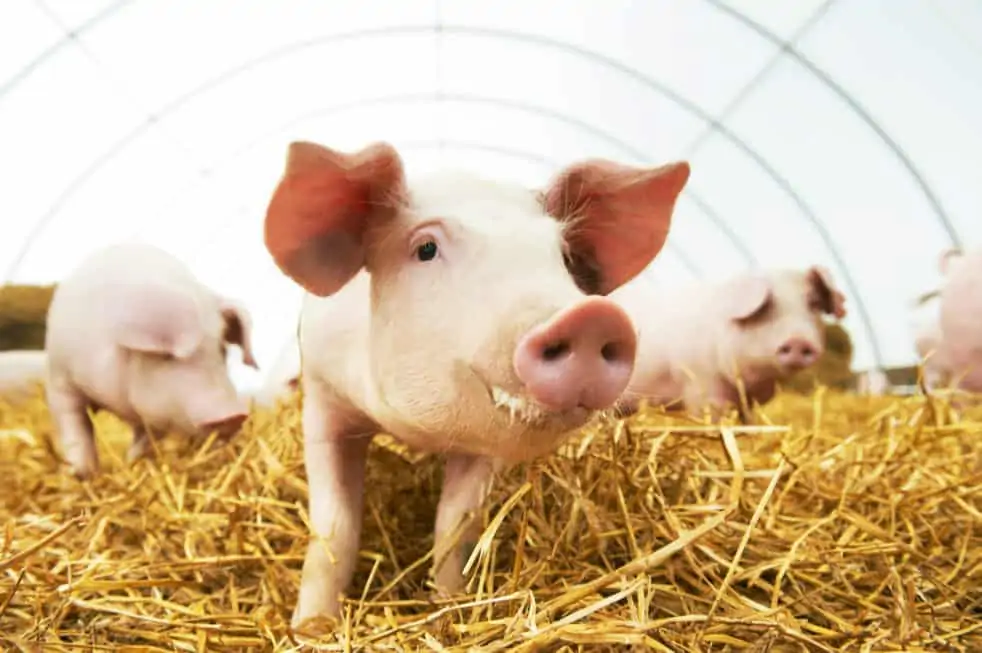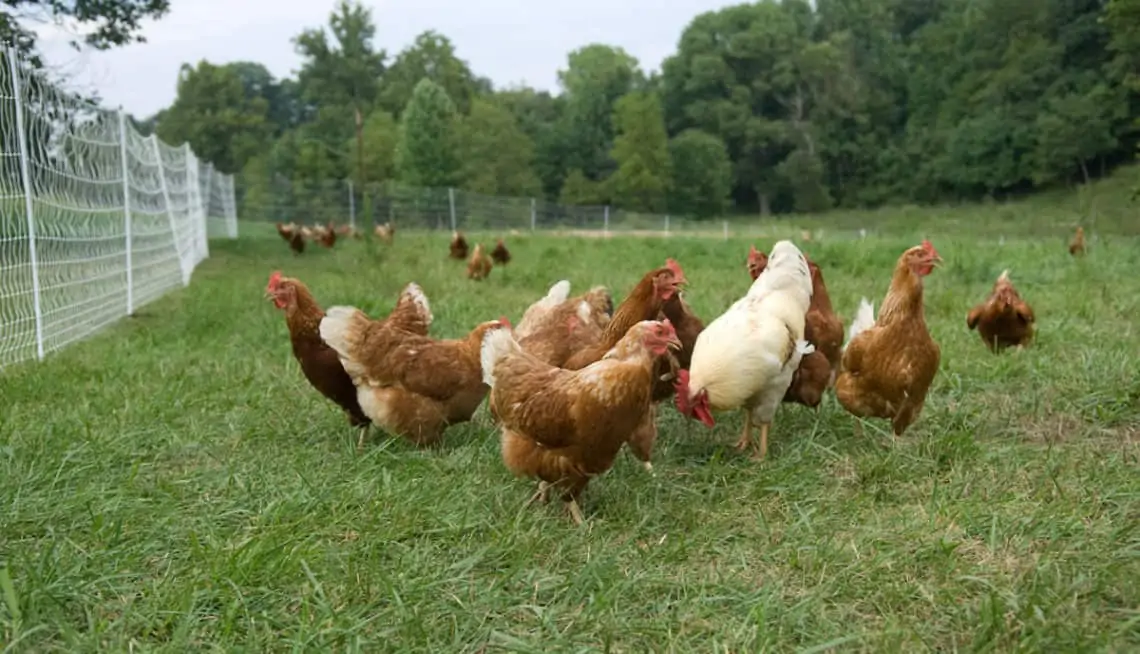The Animal Welfare Approved (AWA) label is highly meaningful and verified, and means that animals raised for meat, dairy or eggs were raised humanely on a family farm from birth to slaughter, on well-managed pasture or range. Standards also address other areas of sustainability, such as prohibiting the use of antibiotics (except to treat sick animals), drugs for growth promotion and animal by-products in feed, but standards do not prohibit use of chemical pesticides or GMO feeds.
Is the label verified?
Yes
Is the meaning of the label consistent?
Yes
Are the label standards publicly available?
Yes
Is information about the organization publicly available?
Yes
Is the organization free from conflict of interest?
Yes
Was the label developed with broad public and industry input?
Yes

This label can be found on: Meat and Poultry, Dairy Products, Eggs
PROGRAM NAME: Animal Welfare Approved
ORGANIZATION: Animal Welfare Approved is a program of A Greener World.
url: www.animalwelfareapproved.us
LABEL STANDARDS: www.animalwelfareapproved.us/standards/
How meaningful is this label?

Animal Welfare Approved is a highly meaningful label, backed by standards that are strong and comprehensive in addressing animal welfare for farm animals.
The label’s standards require that animals are raised on family farms with adequate and well-managed space indoors and outdoors, that promote animal health and allow the animals to engage in their natural behaviors.
For beef cattle, feedlots and other types of confinement feeding operations are prohibited. Continuous outdoor pasture access is required for beef cattle and dairy cows. A pasture management plan must be in place that ensures the nutritional requirements can be met through grazing and that the pasture remains clean and not polluted with manure. Feeding meat and animal by-products to beef and dairy cattle is prohibited.
Pigs are required to have continuous access to the outdoors from the age of 10 days onwards, and must have continuous access to ranging and foraging areas from the age of 21 days. To allow them to engage in their natural rooting behaviors, pigs are either given access to vegetated foraging areas, or manipulable material must be provided in the outdoor area. The standards have minimum space requirements outdoors. The minimum pen size for pigs must be 1400 ft2; each adult pig must have at least 700 sq. ft. of space and each market pig (growing pig) must have at least 56 ft2 of space. The outdoor space must be managed to ensure that pigs are able to root. All pigs, except sows that are two weeks or less from their farrowing due date, must be housed in groups and any system of confinement that restricts the pigs’ natural behaviors, including farrowing crates, is prohibited. For farrowing sows, the minimum indoor bedded area has to be 64 sq. ft. with an additional outdoor area of 48 ft2. For growing pigs, the standards have minimum space requirements that ensure freedom of movement when the animals are indoors (space requirements vary depending on the size of the pig, a 187-pound growing pig, for example, has a minimum of 12 ft2 of indoor bedded space), requirements for clean air, natural light and bedding.
Chickens, both chickens raised for meat and egg layers, are raised with an outdoor foraging area that allows the birds to engage in their natural scratching-and-pecking behaviors. Confinement systems, including cages, are prohibited. There are minimum space requirements for chickens indoors and outdoors. Meat chickens have at least 0.67 ft2 per bird indoors and 2 sq. ft. outdoors when birds are excluded from a ranging and foraging area. Laying hens have a minimum of 1.8 ft2 per bird indoors and 4 sq. ft. outdoors when birds are excluded from a ranging or foraging area.
The standards prohibit certain physical alterations that are typically allowed by other “humane” label standards, such as beak trimming of laying hens and teeth filing of piglets. For certain other physical alterations, like castration of beef calves and piglets, there are restrictions in terms of maximum age at castration or methods used.
The standards prohibit routine antibiotic use (antibiotics can only be used to treat sick animals), artificial hormones for promoting growth, and other drugs given in the absence of disease to control or prevent disease or promote growth, such as the growth promotant ractopamine.
There are standards to ensure humane treatment during transportation and slaughter.
As an animal welfare label, the standards also cover humane treatment of other animals, such as prohibiting poison or leg traps for predator control.
The label’s standards also cover some farming practices that contribute to environmental sustainability. However, in many cases, the label’s standards in this area are not strong, since they only suggest suggest certain practices.
For example, the standards do not prohibit the use of GMO feed, veterinary and health care products, but state that these must be avoided whenever possible. Consumers looking for meat and poultry from animals that are raised without GMO feed should look for the Non-GMO Project Verified label and/or the USDA Organic label.
Pesticides and herbicides may only be used on outdoor areas when weeds or pests cannot be practically controlled by other means. When fields are treated, animals must be kept off the treated space for at least 21 days after the application. Consumers looking for meat and poultry raised on farms that are prohibited from treating their fields and pastures with synthetic pesticides and herbicides should look for the USDA Organic label.
As far as animal welfare for farm animals is concerned, the Animal Welfare Approved label has strong and comprehensive standards and is highly meaningful.

Is the label verified?
Yes.
The Animal Welfare Approved program is ISO-17065 accredited and works with a team of auditors and certification staff who determine through yearly audits whether a farm meets the standards.
Is the meaning of the label consistent?
Yes.
Are the label standards publicly available?
Yes.
Is information about the organization publicly available?
Yes.
AWA is a program of A Greener World.
Board of Directors: Yes. The members of the board of directors for A Greener World are listed on the website.
Financial information: Yes. As a 501(c)(3) organization, financial information is available.
Is the organization free from conflict of interest?
Yes.
Standards development: The organization has a conflict of interest policy that prohibits board members and staff from having an interest in a certified farm or operation. The Standards Board sets the Animal Welfare Approved standards, and includes at least one producer. As an ISO-17065 accredited certifying agency, the organization adheres to conflict of interest policies for standards development.
Verification: The conflict of interest policy applies to anyone employed by the organization, including auditors on a contract basis.
The Animal Welfare Approved program does not charge a fee for audits and certification, or for any other services. This adds an additional level of independence to the label, since there is no financial gain to granting certification.
Was the label developed with broad public and industry input?
Yes.
Standards development: The standards were developed by a group of stakeholders including scientists, farmers, and farm animal welfare experts.
Standards updates: Updates to the standards are developed by the Standards Board in collaboration with species-specific working groups, which consist of producers, scientists and others with relevant knowledge, and are posted on the website for public comment.
